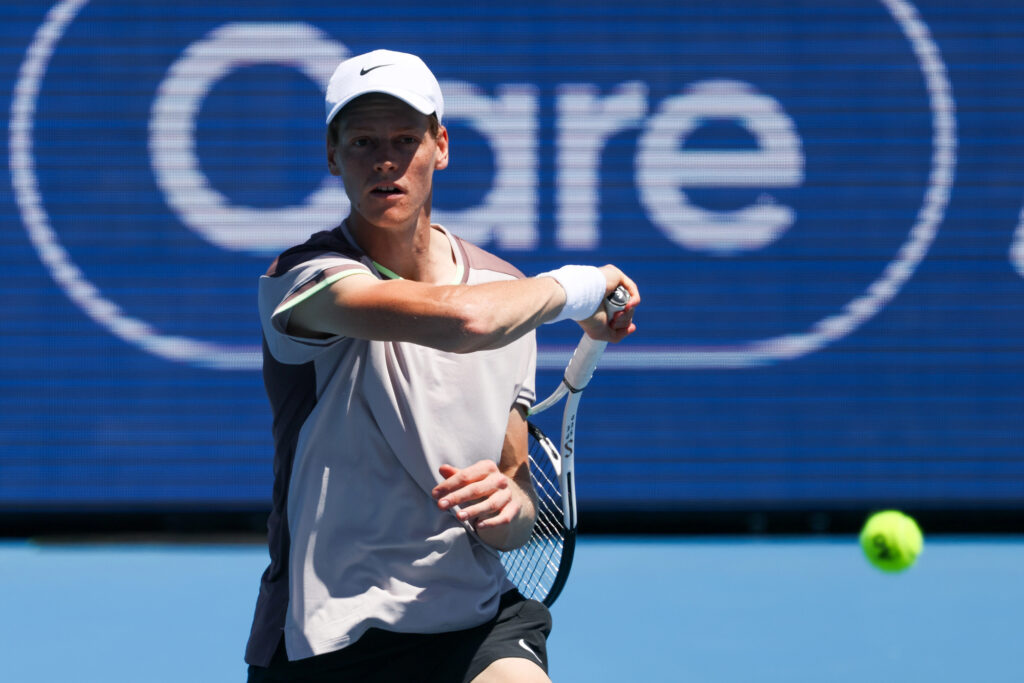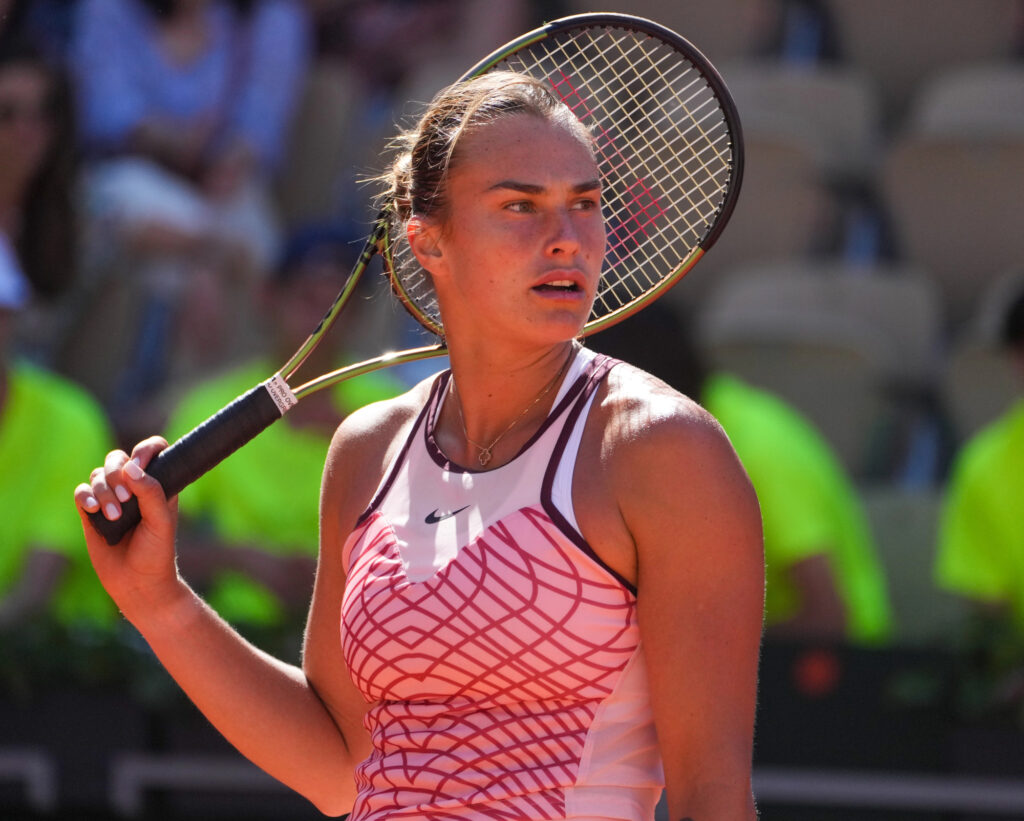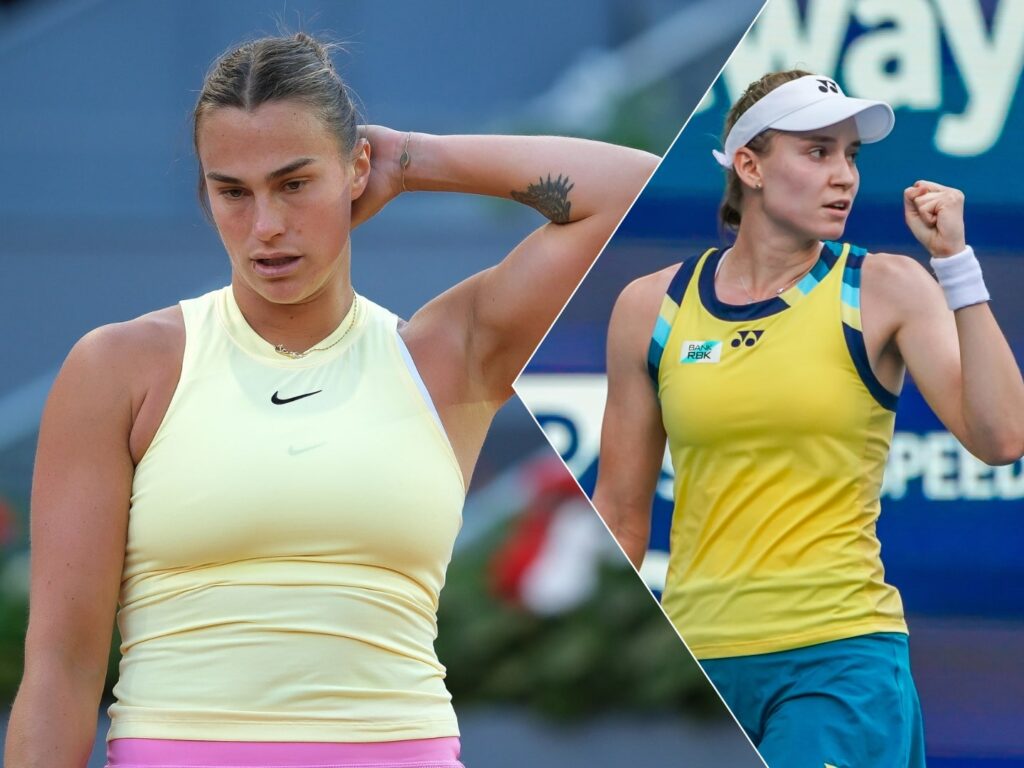Why has the serve-and-volley style disappeared from modern tennis?

Just a couple of decades ago, the serve followed by a lightning rush to the net was a fearsome weapon that often decided matches.
In the 1990s, this style reached its peak: Pete Sampras, Pat Rafter, Stefan Edberg, and Martina Navratilova won titles by relying on a blistering first serve and immediate net attack. Today, pure serve-and-volley is almost gone. Just a few points here and there remind us of its former dominance.
Serve-and-volley is a style of play in which the server immediately moves to the net after serving, aiming to finish with a volley or smash. It demands a serve that bites, net play you can trust, and the instinct to read the ball’s path before your rival even swings.
In its heyday, serve-and-volley was the trademark of an entire generation of champions. Pete Sampras built his dominance on a big serve and clinical net finishes, winning 14 Grand Slam titles — including the 1999 Wimbledon final, where he won 83% of points behind his first serve, charging the net almost every time.
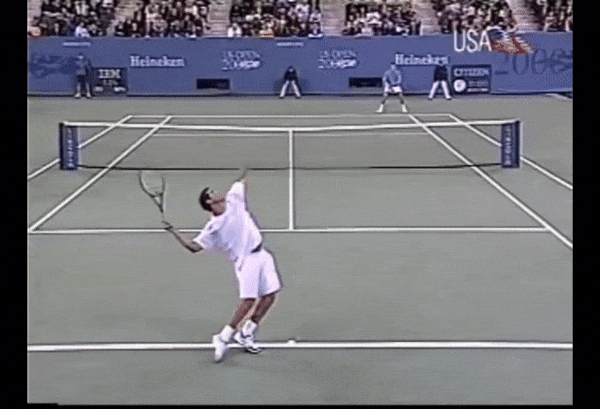
Pat Rafter combined lightning net approaches with soft hands, forcing opponents into difficult passing shots. Stefan Edberg turned net play into an art form — the crisp sound of his slice approach, the smooth glide to the net, the racquet held high for the volley — winning Wimbledon and the US Open with trademark elegance. Martina Navratilova perfected the style, claiming 18 Grand Slam singles titles and showing time and again that net aggression could dismantle any rhythm.
Today, serve-and-volley has virtually disappeared from both the men’s and women’s tours.
Even on faster courts, it appears only occasionally — as a surprise tactic to break the rhythm. Among men, you might still see it from Pierre-Hugues Herbert, Feliciano López, or occasionally Maxime Cressy — and none of them are among the very top-ranked players, more like niche specialists with a signature weapon. In the women’s game, Kristina Mladenovic or Barbora Krejcikova will occasionally serve-and-volley, but these are tactical flourishes rather than the foundation of their game.
So why has a style that once defined champions faded into the past?
The primary tectonic shift behind serve-and-volley’s disappearance is the technological revolution in rackets and strings. Modern composite frames and polyester strings allow players to hit with extreme pace and spin even when returning serve, turning passing shots into bullets at impossible angles. Once, a trip to the net felt like a safe bet. Now, it’s survival — one strike, and you’re done.
The second major factor is the slowing of surfaces at the biggest tournaments. Over the past two decades, organizers have made hard courts less slick, Wimbledon grass denser and higher-bouncing, and clay even stickier. This gave returners extra fractions of a second to react and made a quick rush to the net far less effective.
Added to this were other changes: advances in fitness and movement speed, a new generation of all-court players comfortable in every area of the court, and a tactical evolution toward long, grinding rallies. As a result, serve-and-volley lost its reliability and became a situational weapon.
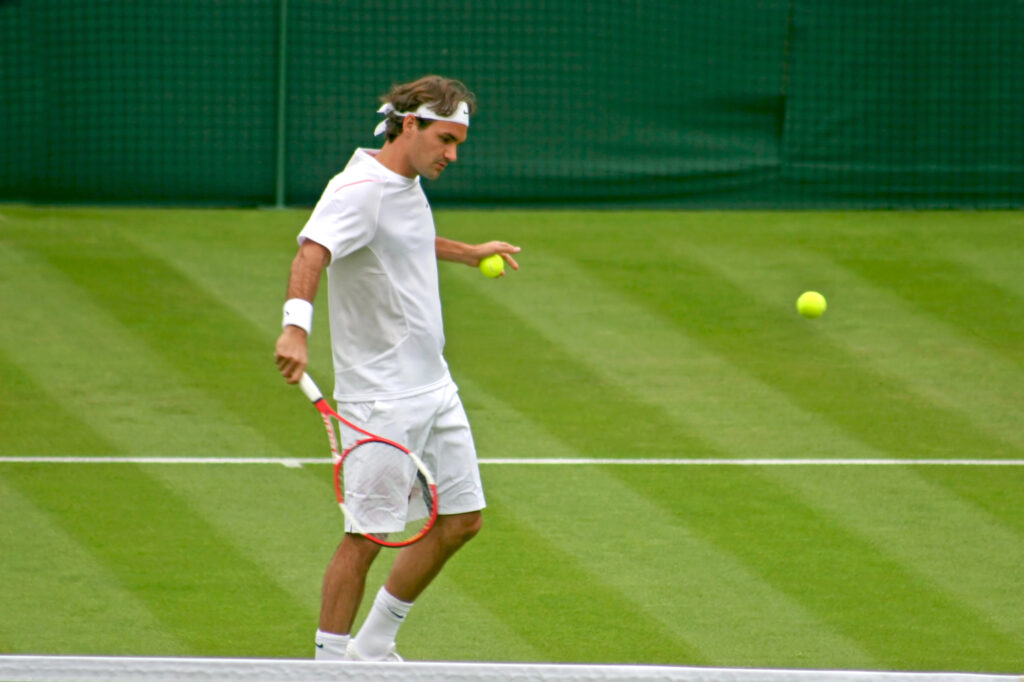
At Wimbledon — once the spiritual home of serve-and-volley — all these trends combined to slash its frequency: from about 60% of points in men’s singles in 1997, when the grass was faster and the rallies shorter, to 10% in 2008, and just 4% in 2025. In the women’s game, the drop was even steeper — from 12% to just 1% over the same period . These numbers clearly show how far the style has fallen from the forefront of modern tennis.
It’s a pity that the elegant, daring, and spectacular serve-and-volley is fading into history, leaving only occasional traces in the games of today’s masters. It gave tennis a special charm — instant drama where everything was decided in just a couple of shots at the net. But sport never stands still: technology, athleticism, and tactics reshape its face. Tennis hasn’t become worse — just different, still beautiful, but in new forms.
Cover photo: Depositphotos

